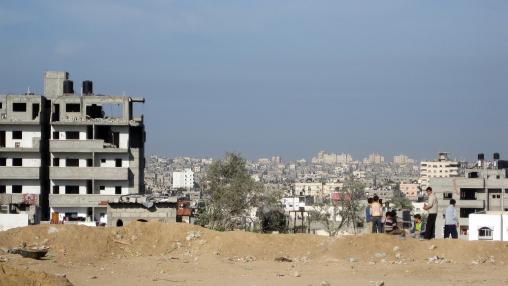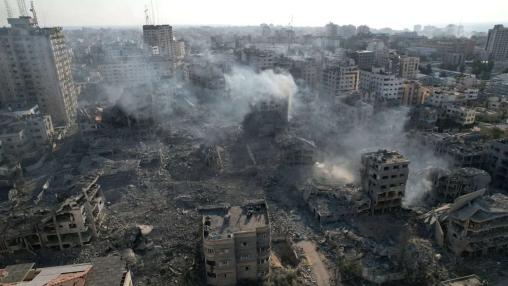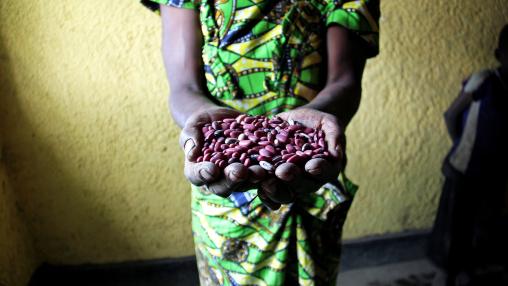Eswatini: Acute Food Insecurity Situation for June - September 2025 and Projection for October 2025 - March 2026

Gaza now facing "worst-case scenario"
The population of the Gaza Strip is facing unprecedented crisis, according to the latest IPC alert released yesterday. Calling the situation the “worst-case scenario,” the alert reports famine-level food consumption throughout most of the territory and acute malnutrition in Gaza City.
Central African Republic: Acute Food Insecurity Situation for April - August 2025 and Projection for September 2025 - March 2026
Djibouti: Acute Food Insecurity Situation May - June 2025 and Projection for July - December 2025
Yemen: Acute Food Insecurity Situation for May - August 2025 and Projection for September 2025 – February 2026 (partial analysis)
South Sudan: Acute Food Insecurity Situation Projection Update for April - July 2025
In Luakpiny/Nasir and Ulang, which face a risk of Famine under a worst-case scenario, urgent and immediate action is needed for these populations, including large-scale and multi-sectoral response and the protection of humanitarian access to prevent the total collapse of livelihoods, increased starvation, death and possible deterioration into a full-blown Famine.
In addition, around 2.4 million people (18 percent of the analysed population) are in IPC AFI Phase 4 (Emergency) and nearly 5.2 million people (38 percent of the analysed population) are in IPC AFI Phase 3 (Crisis). These populations require urgent humanitarian response to meet food needs, protect lives and livelihoods, and reduce further deterioration.
Bangladesh: Acute Food Insecurity Current Situation for April and Projection for May - December 2025
Afghanistan: Acute Food Insecurity Situation for March - April 2025 and Projection for May - October 2025

Gaza’s worsening food crisis and troubled path to reconstruction
As the Israel-Hamas conflict rages on in the Gaza Strip, the territory’s entire population of more than 2 million remains under threat of severe food crisis. The latest alert from the IPC Integrated Phase Classification for Acute Food Insecurity reports that one in five people in the Gaza Strip—upwards of 500,000—are on the brink of starvation (IPC Phase 5 Catastrophe) due to the March 18, 2025 end of the ceasefire and the resumption of blockades of humanitarian aid and commercial supplies. The entire population is facing crisis-level acute food insecurity (IPC Phase 3 or worse).

The world is nowhere near the goal of zero hunger by 2030 amid uncertain global development financing. What now?
In the wake of a series of recent crises that drove up global hunger and food insecurity, the world remains far off track in meeting Sustainable Development Goal 2 (SDG2)—ending hunger and malnutrition by 2030. Now, in a chaotic global environment of still more crises and complications, including cuts in official development assistance, what is the best course forward for governments and development organizations to address these urgent problems?